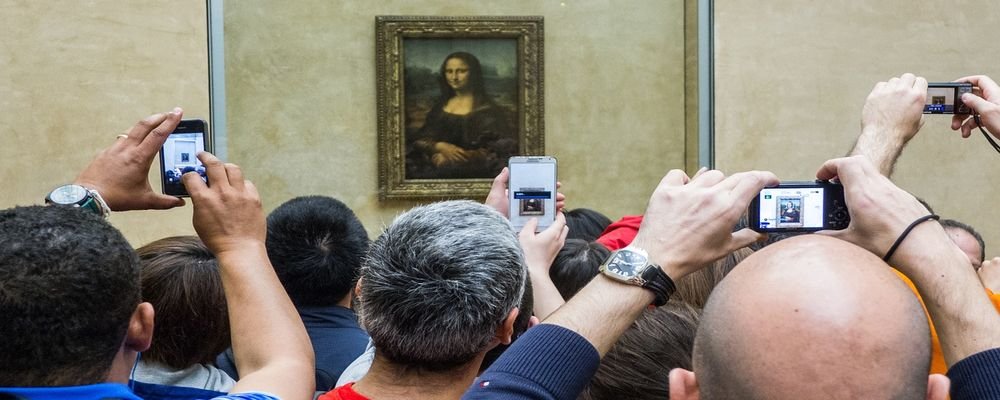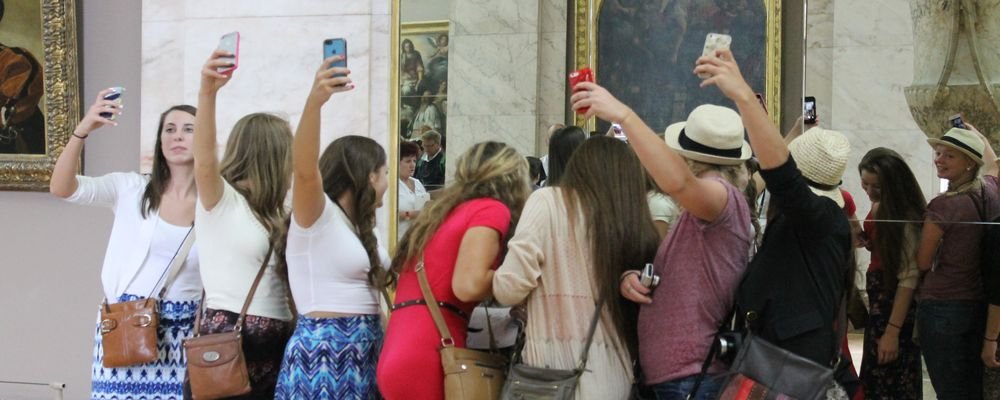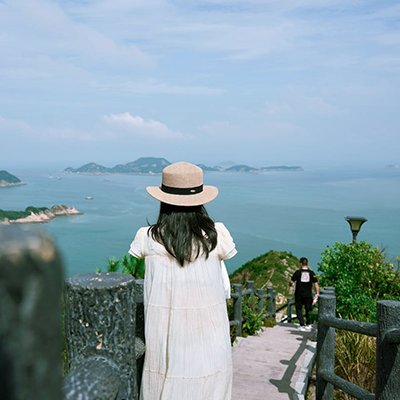Several tourist destinations have been in the press recently for reasons other than their beautiful scenery and high volume of visitors. It seems that the selfie culture has grown to such a volume that a number of national parks and tourist hot spots have begun charging visitors to take photographs. We’ve delved into the positives and negatives of charging people money to take photographs of iconic scenery.

Picture The Scene
You’ve finally made it to Tulum, Mexico and you’re anxious to see for yourself the beautiful scenery that you have only ever before seen in photographs. You’re looking forward to witnessing unspoilt beaches, sparkling ocean and ancient Mayan ruins. The only thing is, once you get to the Mayan archaeological site, it is a struggle to push your way through the hordes of other tourists to lay your eyes on the landscape. Everyone is holding at least one photographic device, and several people are clutching a collection of DSLRs, lenses, smart phones and selfie sticks; all of them attempting to take the perfect photo of the unspoilt scenery to upload onto their social media feeds to show off to their friends back home.
It’s little wonder that destinations such as Tulum National Park have begun charging people to bring photographic devices into their site. It now costs an additional 45 pesos ($2.50) on top of the existing entrance fee for every individual photographic device that visitors carry with them.
Is The Selfie Culture To Blame?
 This may seem unjust, but isn’t the point of travelling to enjoy the experience and relish in the moment, rather than portraying a false image and inducing jealousy through your Instagram feed?
This may seem unjust, but isn’t the point of travelling to enjoy the experience and relish in the moment, rather than portraying a false image and inducing jealousy through your Instagram feed?
More and more, people seem to be travelling to take photographs as evidence that they have ‘been there, done that’, rather than travelling purely for the experience. Taking photographs has been part of travelling since we very first invented cameras, but it is only recently with the popularity of Instagram and readiness of smart phones that we have seen a surge in people travelling with the main focus of capturing the moment on their cameras, rather than in their memories.
Tulum isn’t the only place charging tourists to take photos. In 2015, the right to take photographs in a public space was threatened by a European Parliament proposal regarding the harmonisation of copyright laws. Effectively, this meant that the copyright holders of particular buildings and art works would have to give permission and could charge for images featuring them to be published anywhere, including on social media. Basically, if a tourist took a photo of his wife stood in front of a famous building such as the Eiffel Tower, he would have to ask permission and perhaps even pay a sum of money to upload the photo onto his Facebook page.
Similarly, landscape photographer Ken Duncan tells how he was almost arrested for taking photographs at Barangaroo Park in Sydney without paying a fee to gain a permit. Is this bureaucracy gone mad, or is there really any benefit behind these seemingly harsh rules and proposals?
Driving Away Tourism Or Saving The Environment?
The downsides are obvious. Tourists will become disgruntled and perhaps consider visiting alternative destinations where they can document their travels for free. For places where visitor numbers are crucial to maintain the upkeep of the site, this could be bad news. But for places such as wildlife reserves or protected ecological areas, lessening the flow of tourists could actually benefit the area. It also could be considered unfair to charge some tourists more than others, regardless of whether or not they plan to take photos (and also could penalise people who may happen to have their camera with them, but don’t end up taking any pictures at all). Perhaps a slight increase in the general admission charge for all tourists could be an alternative solution?
Whatever your opinion is, the issue gives light to the importance of enjoying the moment itself when travelling. By all means, take your camera with you on your travels and document your adventures, but try not to spend your entire trip behind the lens. You may also wish to read places where you camera is not welcome at all.
Emma Lavelle is a UK based writer and photographer and has her own blog Field and Nest.















